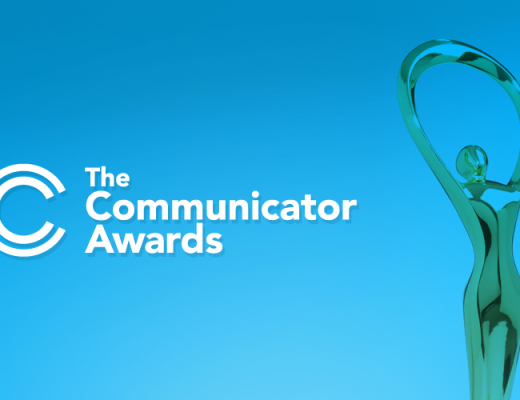It’s hardly a surprise that content on a web page can substantially delay the web design process. It’s the main contributor of hold-ups for website design projects. People end up producing fluff content, or ponder how to start the content creation process.

We understand how daunting the job can be. Here are some questions to consider that may help you start the process right away.
What are the page’s objectives?
Don’t worry about writing just yet. Instead, visualize what you desire for every page, and how it will work together with the other pages. Beginning with an outline can give you a proper mindset to write content. Think about the fundamental framework of the message you’re trying to get across, and how the page articulates that message.
What links should I use on the page?
Links are the backbone of a website. They provide visitors with relevant details, keep visitors on your site longer, and produce connections to make your site more cohesive. There are two kinds of links: internal and external. Internal links point to other pages on your website, while external links take a user off of your site.
Internal links will keep users on your site longer, make the browsing experience more natural, and allow users to explore your site freely. External links can provide users with more information or in depth resources, helping to educate them. They are also very useful if you have related brands or organizations with separate sites. You should link between them freely, as this could have a great impact the search ranking of both sites.
Consider creating a list of external links (media portfolio, partners you collaborated with, relevant research) that can give your site credibility. It’s also useful if your partners link to your site. Links are also helpful for your site’s search engine optimization: If used correctly, they could bolster your ranking on a Google results page.
What visual elements should be included?
Creating content hardly needs to be a linear process. You don’t have to add text before imagery, or vice versa. Consider how the visuals (infographics, videos, pictures) will augment the written content you intend to produce, and then choose visuals with this in mind. Alternatively, you can be inspired to write content based on the video or photo you plan to pair it with.
It may also be beneficial to find ways to enhance a page. Do you have guides, white papers, or reports that can be integrated into the content? Examine and leverage any chances to incorporate the existing items you currently have into each page’s content, but take care not to repeat yourself. Ensure you begin early with this process of locating the proper supporting material.
Consider this an approach to taking stock of the things you’ll require to improve every page from the get-go. Create this page as a template and use it as the foundation for the rest of site.
If you need help approaching content writing on a page-by-page basis, or you need more suggestions on how to bypass delays, let us know.


